Gilgit-Baltistan, which is known to Pakistanis as the Northern Areas, is home to some of the highest mountains in the world. Combining that with endless green meadows, deep valleys, beautiful waterfalls and treacherous roads, Gilgit-Baltistan becomes every nature lover’s haven and every adventure seeker’s paradise.
The city of Gilgit is the administrative capital of the area. Before the separation of the Indo-Pak subcontinent, it was also a major stop along the Silk Route. This is from where Buddhism found its roots in India. One of the other major cities here is Skardu, which has some of the most beautiful glaciers, museums, forts and resorts, making it a top tourist destination.
The Gilgit-Baltistan region became a separate administrative unit in the year 1970. It contains three districts, with each having further sub-districts. The three large districts are Gilgit District, Baltistan District and Diamer District. The Gilgit District comprises sub-districts of Hunza, Nagar, Gilgit and Ghizer. The Diamer District contains Astore and Diamer as its subdivisions. Meanwhile, the Baltistan District encompasses Shigar, Ghanche, Skardu and Kharmang as its further sub-districts.
Geographical Significance of the Area
Geographically, Gilgit-Baltistan is located in the northern-most part of Pakistan. It border the Wakhan Corridor of Afghanistan to the north, Azad Kashmir to its south, the Indian state of Jammu and Kashmir to the southeast, the Xinjiang region of China to the east and northeast and the Pakistani province of Khyber Pakhtunkhwa to the west.
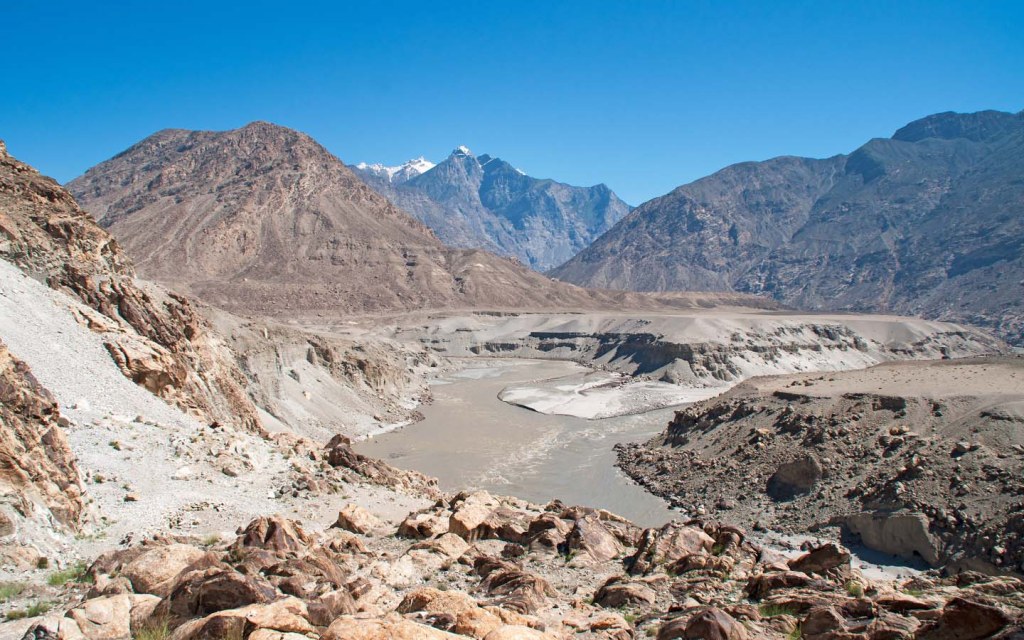
The region is home to five of the world’s 8,000-meter peaks as well as having three of the highest mountain ranges, namely the Himalayas, the Karakoram and the Hindu Kush. The highest mountains here are the K-2, also known as Mount Godwin Austen and the Nanga Parbat. Gilgit-Baltistan also contains three of longest glaciers in the world, aside from the polar ice caps, namely the Baltoro Glacier, the Batura Glacier and the Biafo Glacier. There are also several lakes, rivers and waterfalls in the area.
Climate of the Region
Gilgit-Baltistan’s climate is diverse, especially due to the variety it enjoys in its geographical terrain. The city of Gilgit is located under the shadow of the Nanga Parbat, due to which the region rarely receives any rains. The mountainous region surrounding the city and the Silk Route that leads to it, now known as the Karakoram Highway, has a dry and arid climate. However, the nights spent in the city can be considerably cooler. In contrast, the valleys of Hunza, Khaplu, Astore and Nagar enjoy cold weather all year round.
Major Tourist Destinations in Gilgit Baltistan
Tourists, mountaineers and trekkers from all over the world flock to Gilgit-Baltistan all year round because it offers something for all types of travellers. Many areas are inaccessible in the winter months though, due to severe weather and snow. However, the region is bound to see a rise in tourism since the Conde Nast Traveller declared Pakistan to be the top tourist destination for 2020, giving it the number one spot over 19 other scenic locations. Some of the major regions for tourists to visit in Gilgit-Baltistan are:
Gilgit Valley
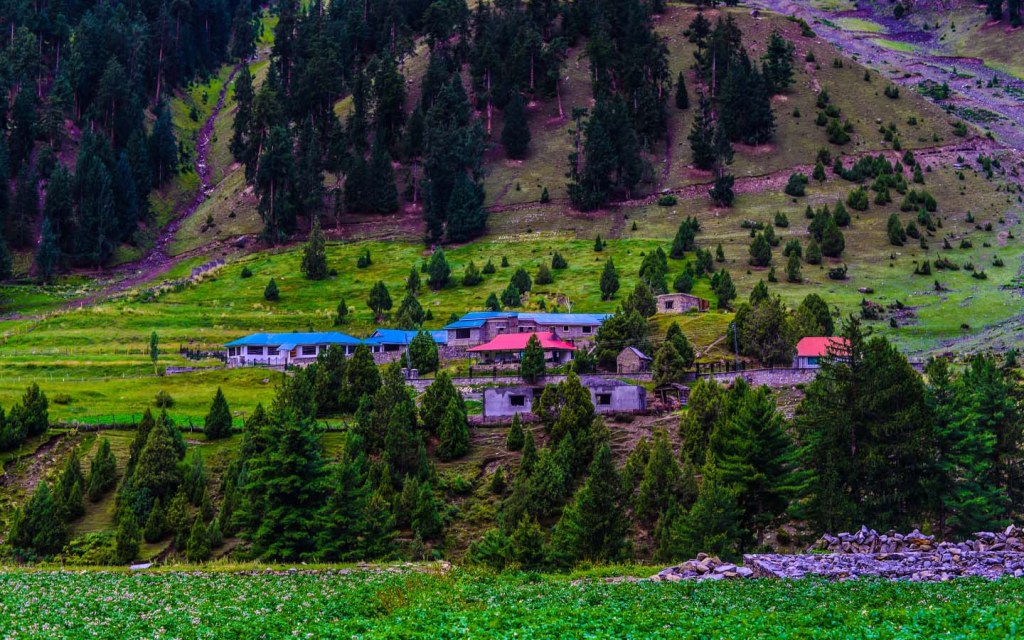
Gilgit Valley contains several hot spots for tourists. Among these is Naltar, which is a picturesque region with high mountain peaks and easily accessible glacial lakes. This is the ideal resort for skiing in Pakistan. Another point of interest for history buffs is Kargah Valley, located just 10 kilometres from the city of Gilgit. It contains the rock wall carving of the Kargah Buddha which gives the valley its name. The sculpture dates back to the 8th Century AD. The ruins of a Buddhist monastery and a Stupa can also be found here.
Surrounding valleys of interest to travellers are Bagrot, Oshikhandas, Danyore and Nomal. While Shina is the language spoken among the locals, people who work in the tourism sector are fluent in English and Urdu.
Chitral Valley
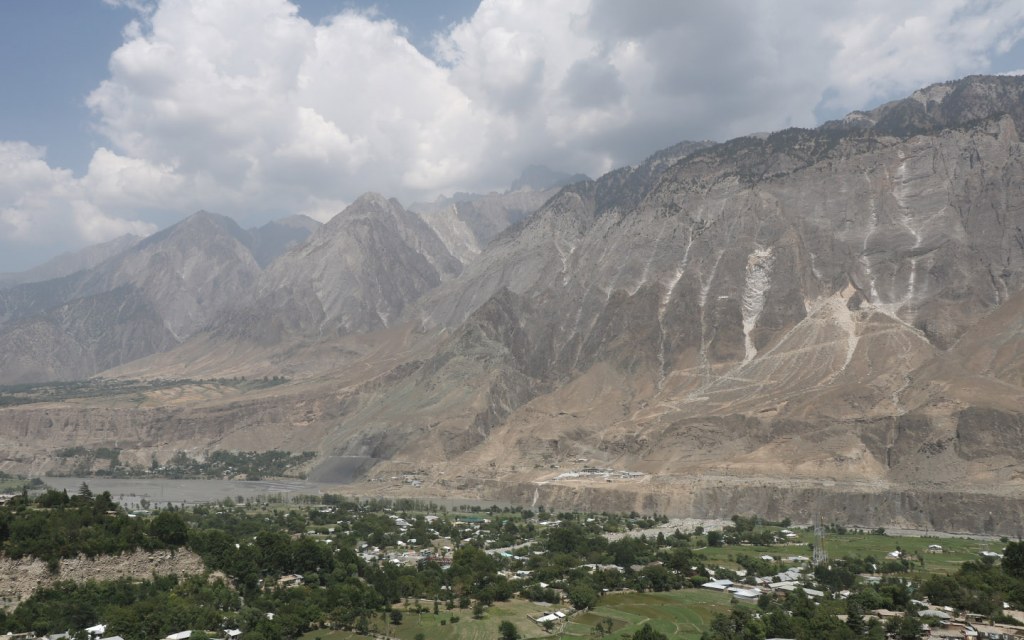
Dominated by Trichmir, the highest peak in the Hindu Kush Mountains, Chitral Valley lies at a height of more than 1,100 metres. The landscape here is versatile, offering green valleys and meadows, as well as steep mountains and huge glaciers. The winter weather here is severe but the summer months can be quite pleasant.
Some of the best places to visit here are the towns of Arandu and Booni as well as Madaklasht Valley. Barmoghlasht Resort is also located just 14.5 kilometres from Chitral and is definitely worth a visit due to its spectacularly beautiful surroundings. Nature lovers would also love a visit to the Golen Valley with its green meadows, fields full of flowers, springs, waterfalls and beautiful panoramic views.
Chitral Valley is quite diverse culturally. The Chitralis speak Khowar but Persian, Pushto and Urdu speakers can also be found here. There are also almost ten other local languages spoken here among various tribes. The region is also musically inclined, with the Chitrali sitar being played on festive occasions and weddings. Sports enthusiasts can also enjoy watching Polo here as the Shandur Polo Tournament is held every year in July at Shandur Pass.
No visit to Chitral Valley would be complete without a visit to Chitral Museum and the Shahi Masjid of Chitral. While the museum holds relics of ancient times and offers historical information about the region, the Shahi Mosque was constructed by Shuja-ul-Mulk in 1924 AD while he was the Mehtar of Chitral. It is built beside the Shahi Qila or Fort, which is a private residence. The mosque is famous for its architectural style of a bygone era.
Kalash Valley
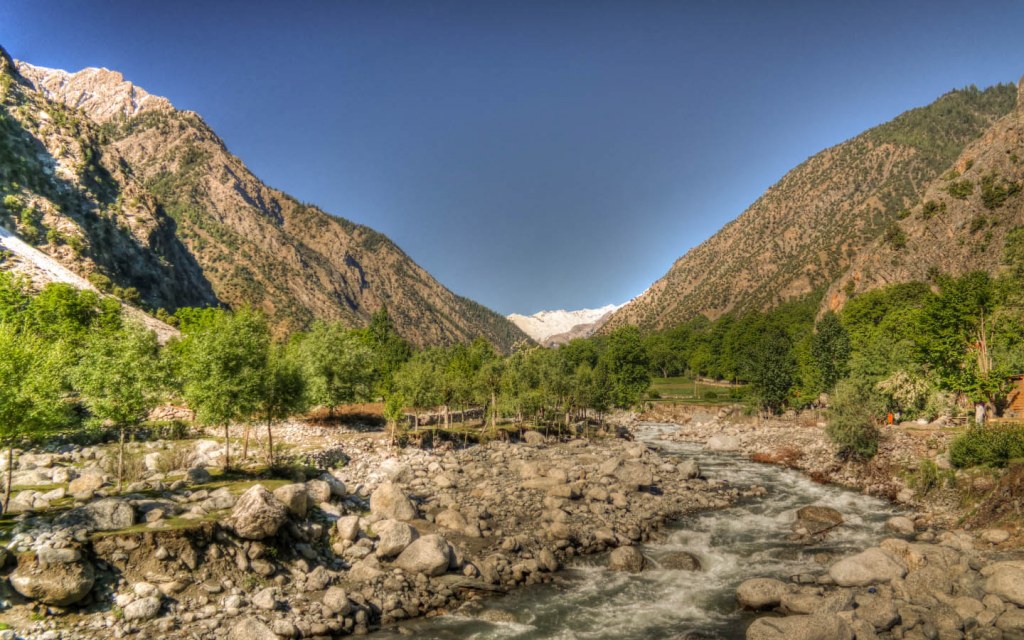
Chitral Valley is also home to the Kalash Valleys, where the Kalash tribe resides. Rumbur, Bamburet and Birir are three of the Kalash valleys with Bamburet being the most populated. While Bamburet is 40 kilometres from the city of Chitral via a jeep ride, Rumbur and Birir are 32 and 34 kilometres away respectively. The Kalash tribe follows its own religious and cultural traditions and very little is known about their ancestry. The tribe is distinguished by the black robes worn by its people, with a headpiece made of woollen black material and decorated with shells, buttons, feathers and colourful beads.
The tribe has its own festivals as well. Chilam Josht/Yoshi is celebrated at the time of the spring harvest in the midst of May. Uchal is then celebrated in the mid of August to protect the upcoming harvest. Another festival named as Phool then celebrates the harvesting of grapes and walnuts in autumn (September). Lastly, another event celebrated here is Chowas, which celebrates the coming of the New Year (mid of December).
Garam Chashma
At a 2-hour drive from Chitral is Garam Chashma, at the site of the ancient Injigan Valley. The route is scenic and there is a potential for rock climbing activities. The area is famous for the hot springs or Garam Chashmas that are believed to hold natural cures to several skin ailments and the region is frequented by both tourists and locals alike.
Hunza Valley
Travellers from all over flock to Hunza, the valley that has a very high literacy rate of 90%. As the region is inaccessible in the winter, May to October remains the perfect time to visit this place. Its major city is Karimabad, which was formerly known as Baltit. The valley is known for its natural beauty and its gemstone market. The local people are warm and welcoming. Baltit Fort forms the hub of tourism here, being a 700-year-old construction that has been rebuilt over the years. The fort offers scenic views from its terrace as it is located at an elevation over the city of Karimabad.
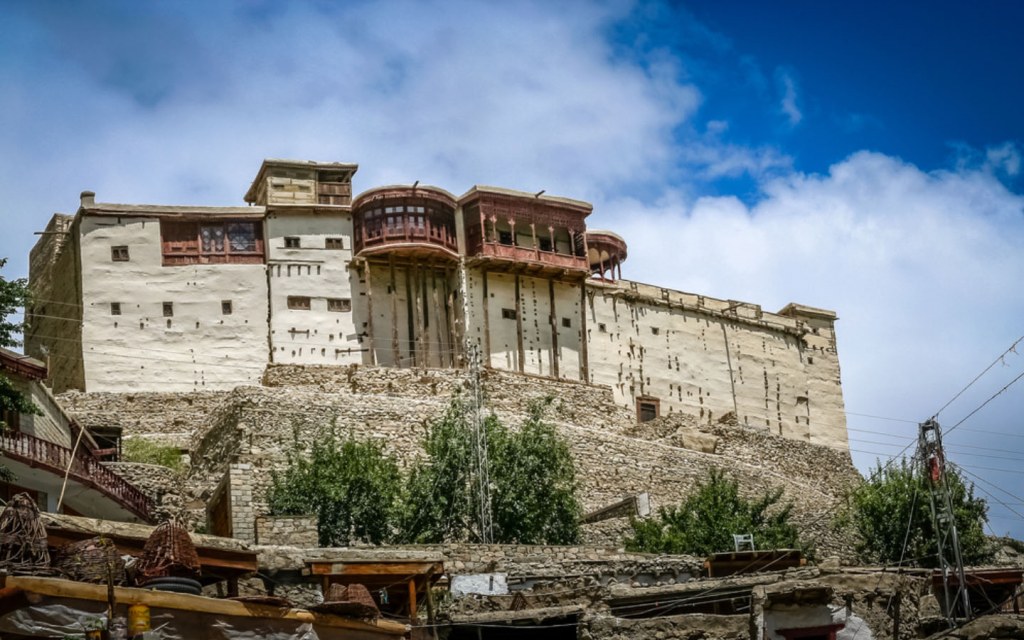
Another worthy destination for nature lovers is Borith Lake, which is a sanctuary for migrating birds. The lake is located in the upper parts of Hunza Valley, near Gulmit, Gojal. However, it is only accessible via a 2-kilometre unpaved road for jeeps or by trekking across the Ghulkin Glacier for 2 to 3 hours. Hunza Valley is also home to K-2, the second highest peak of the world and trekking tours are available in favourable weather.
Fairy Meadows
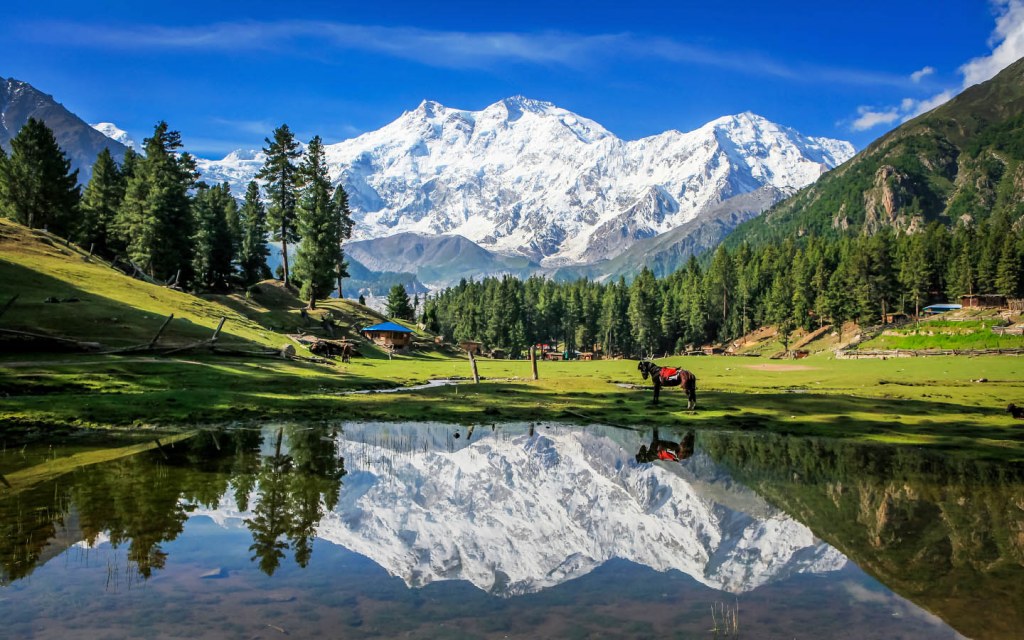
Situated near one of the base camps of the Nanga Parbat, Fairy Meadows comes within the Diamer District of Gilgit-Baltistan. It is accessible only after a 4-5 hour hike from the nearest village and offers expansive views of the beautiful mountains that surround it.
Khunjerab National Park
The area around the Khunjerab Pass, at the Pak-China border, was declared as a national park in 1975 to protect the endangered animal species that lived there. While the effort to protect the local wildlife is still ongoing, the park offers beautiful landscapes for nature lovers.
Deosai National Park
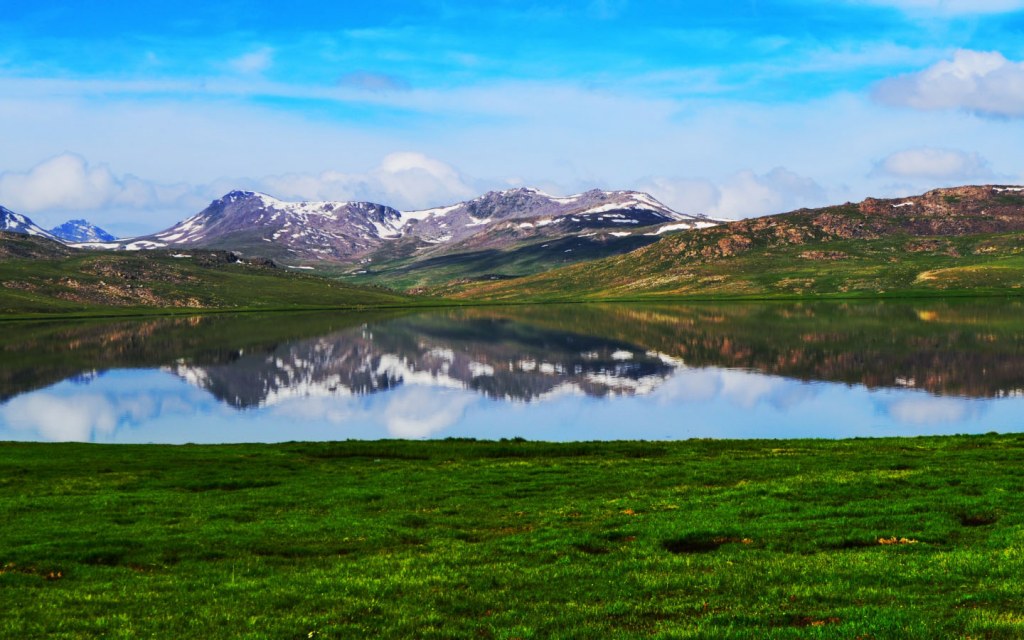
Located primarily in Skardu District, Deosai National Park is the second highest plateau in the world. Spring is the best time to visit this naturally preserved area, as the fields are full of blooming wildflowers and butterflies. The park can be reached by road from the city of Skardu, which is 30 kilometres away. This happens to be the shortest route to the park. However, since it is spread over a large area (nearly 5,000 square kilometres), you can take several other routes from Astore Valley and other surrounding regions. The park is also home to the Sheosar Lake and the Bara Pani and Kala Pani Rivers.
Natural beauty, diverse landscapes and lots of rock climbing, trekking, hiking and fishing opportunities make Gilgit-Baltistan the best tourist destination in Pakistan for sure. If you’re planning on visiting the region, you should also add Khunjerab Pass to your itinerary as your trip to northern Pakistan would be incomplete without it.



